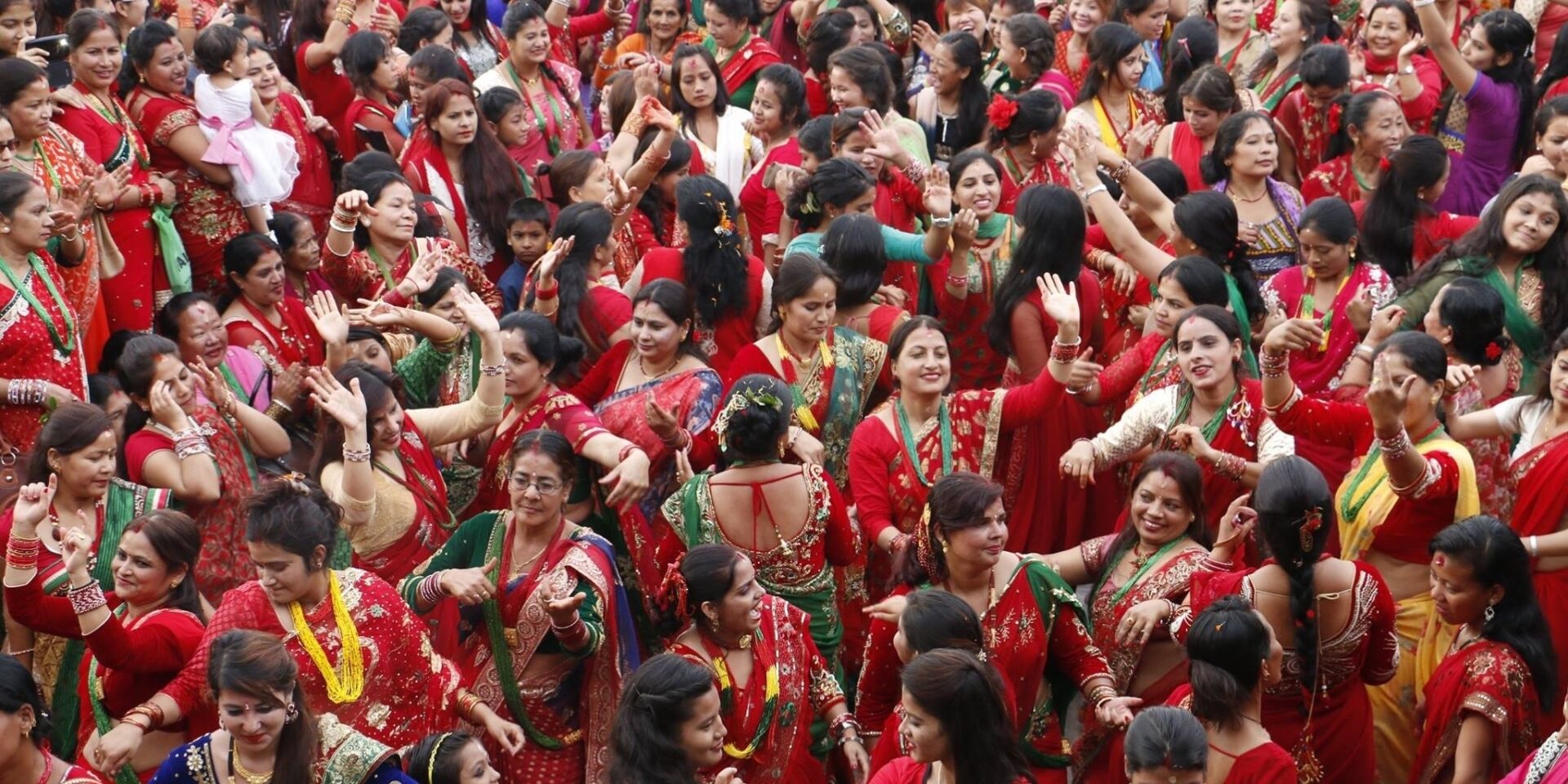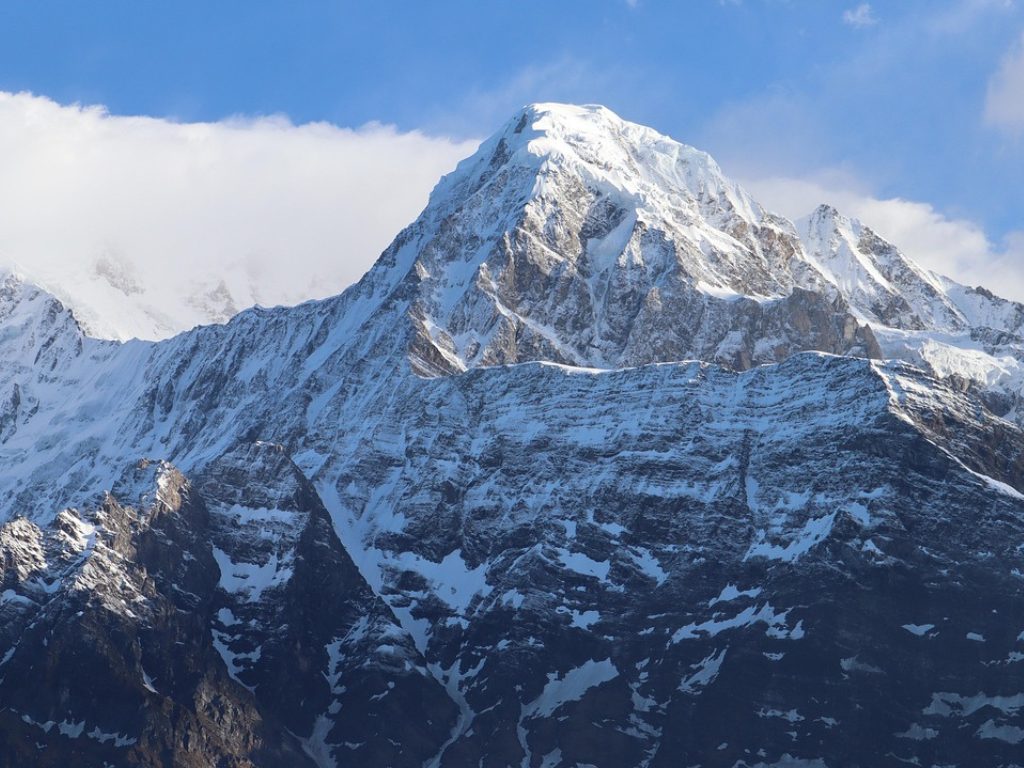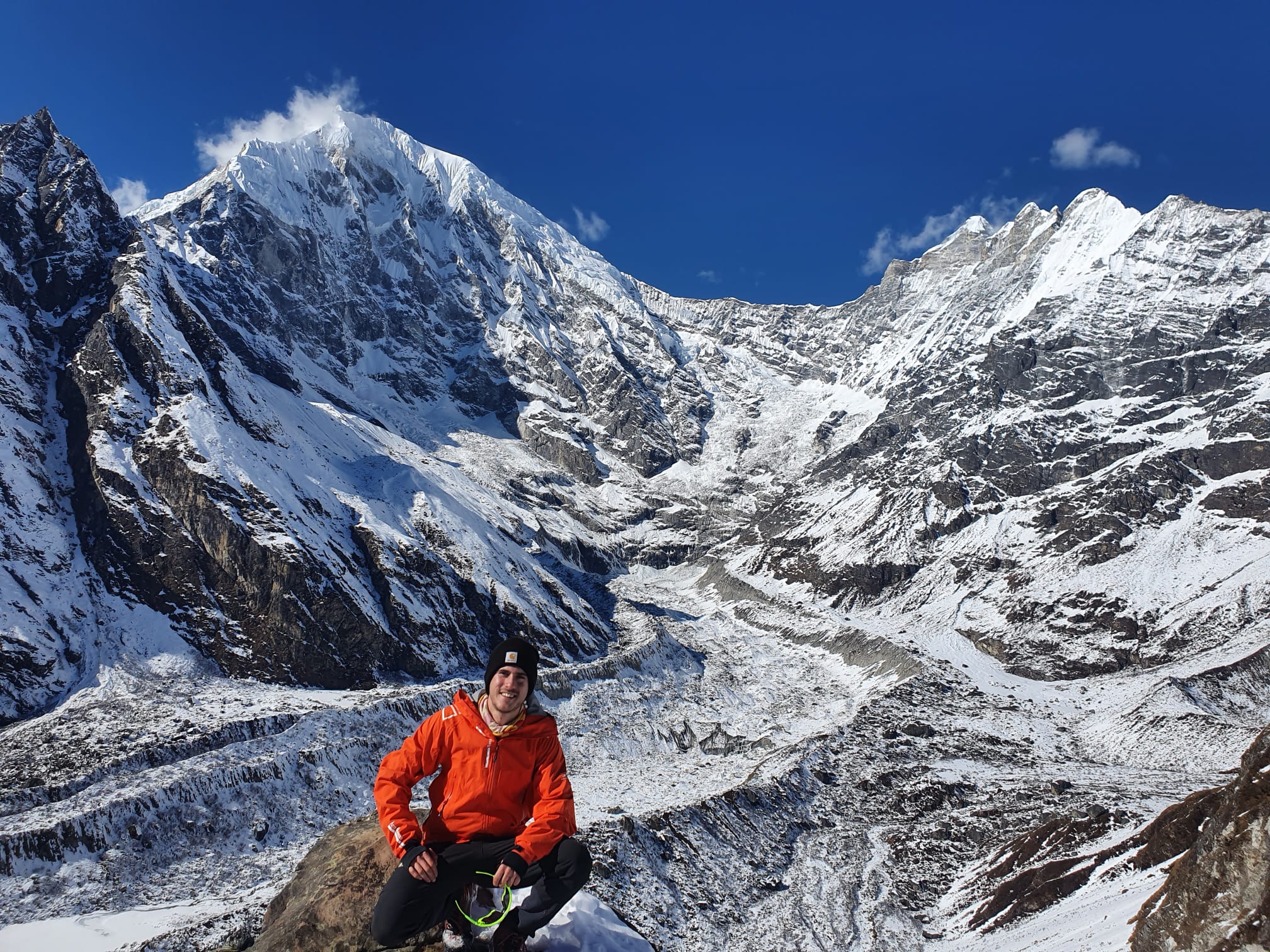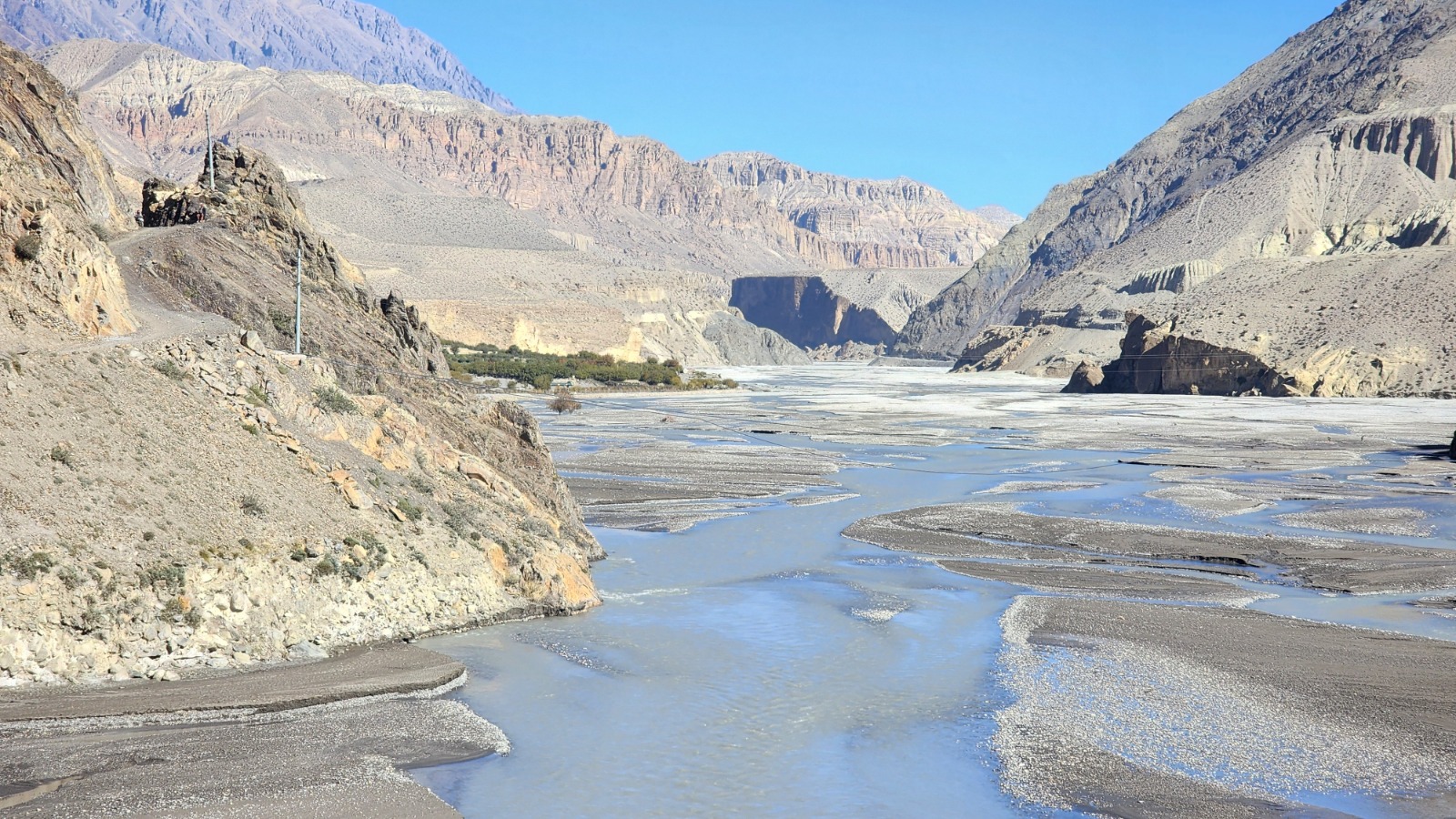Top Festivals Celebrated In Nepal
Posted by: gwtadmin on January 20, 2025
Festivals in Nepal
The word “Nepal” fascinates the world. This single word shows the love and affection worldwide. Let’s elaborate; the cultural diversity of Nepal is as rich as its natural and geographical diversity. Difficult geography is home of different communities. Each community has its own language, cultural dress, beliefs, rituals, traditions and festivals.
No wonder Nepal is the land of festivals. Almost every day is a day for celebration in one or another community. Each Community has respect and gratitude for other community. This is the reason why numerous culture and festivals exist in Nepal harmonically.
It is almost impossible to mention all the culture and festivals existing in Nepal. So, some of the major popular festivals for the majority of people are listed below.
1. Lhosar
Lhosar resembles ‘New Year’ for the Buddhist community. It can also be quoted as Losar. Different communities celebrate Lhosar at different times of the year.
There are three Lhosar festivals:-
- Tamu Lhosar: Tamu or Tola Lhosar is celebrated by the Gurung Community.
- Sonam Lhosar: Sonam Lohsar is celebrated by the Tamang and Yolmo Communities.
- Gyalbo Lhosar: Gyalbo Lhosar is celebrated by the Sherpa and Tibetan Communities.
The festival is celebrated with the family gathering, feasting, dancing. On this occasion, Buddhists decorate their houses and monasteries, read prayers, offer special foods to deities and other cultural function.
2. Chhath:
Chhath Parva is commended by locals of Mithila district of Nepal. This celebration is committed to god Sun. Sun is called Surya in Sanscrit, Chhat Parba is thanksgiving for ruler Surya for managing life on earth.
The Sun, source intensity of nature, considered the divine force of vitality and master of the life-constrain, is worshipped in Chhath to advance prosperity. Hindu individuals trust sun fixes numerous illnesses and also considered as a wellspring of recovering as well. Sun is additionally considered as a token of security and success. In this way, individuals love sun to guarantee the lifespan and flourishing of relatives, companions and darling ones.
This Festival is celebrated by holy bathing, worshipping the setting sun and offering water and special foods to the rising sun. Mainly special foods cover Thekuwa and Aarsa.
3. Fagu Purnima or Holi
This is the festival of colours. It usually falls between February/March. People enjoy the festival by playing with colours and waters. They share the love.
This day is supposed to be the celebration of the death‘ Holika ‘, as she tries to kill Bishnu’s devotee Prahlad. According to myth, she was immune to the fire and she carried Prahlad to the burning fire. By the miracle, she was lit to death and the devotee of Bishnu was still alive. This might be the reason for splashing each other with water.
Holi is celebrated in two different days. Hilly region of the nation celebrates holi on the full moon and Terai region celebrates the very next day. Holi also shows the arrival of spring.
4. Dashain
Dashain is the most celebrated festival in Nepal, as 80 per cent of the people are of the Hindu religion. This is the longest festival celebrated to rejoice the victory of good over evil.
The festival is celebrated for 15days. Ghatasthapana, the first day of Dashain marks the beginning of this festival. Men and Women worship different avatars of Durga for nine days. On the tenth day, people receive Tika and Jamara along with blessings from the elders and this continues for the next five days.
People gather to their families who lives far from them. People of different communities celebrate accordingly with their communities.
5. Tihar
Tihar is the festival of light. It is celebrated for 5 days that takes place 15 days after to Dashain festival. This festival is celebrated by worshipping crows on the 1st day, dogs on the 2nd day, and cows on the 3rd day. While Dipawali (lighting) begins in the evening by worshipping the goddess of wealth i.e. Laxmi and lighting candles in the house. On the 4th day, oxen are worshipped and Govardhan pooja is conducted during the evening.
5th day is important for brothers and sisters, as it is known as Bhai Tika. On this auspicious day, sisters put Tika on their brother’s forehead to wish them longevity of life and prosperous health.
- Teej
This is the festival celebrated by women in the month of September/October. The main theme of this festival is married women fast for the longevity and prosperity of their husband and unmarried women fast hoping for a good life-partner, as it is celebrated for three days. Fasting is on the first day while two days are followed by the ritual puja to make Lord Shiva happy.
A woman dresses in red sarees and various ornaments to look pretty. In meantime, women gather around to sing and dance about womanhood. The day before and after the fast women visit their relatives and enjoy various sweets and foods as well.
7. Buddha Jayanti
Buddha Jayanti is celebrated widely in Nepal. It is the birth anniversary of the Gautam Buddha- light of Asia. Buddha was born in 563 BC in Kapilvastu, Lumbini. There fore it is an auspicious day, not for the Buddhists only but also for the others in the country.
Swayambhunath, Boudhanath, Lumbini and other stupas and monasteries are the crowded place in this day. On this day one may parade or enormous gatherings where monks, nuns and followers read prayers and tell moral and life story of Lord Buddha. People donate by their will to show their generosity
8. Bisket Jatra
This festival is specifically celebrated in Bhaktapur which falls on the 1st month of the Nepalese calendar. According to myth, there was a princess whose husbands kept dying on the bed. This was a serious problem for the Royal family. Then a prince came along, blessed by the Goddess, who found a pair of serpents crawling out of sleeping Princess. He killed them both by his sword and the princess finally remained married.
Amid this celebration, chariots of Lord Bhairav and Goddess Bhadrakali are pulled through various parts of the city. At Lyasinkhel, a tall shaft with two weaved garments, speaking to the serpents, is raised. As it is praised to stamp the demise of the serpents, it is likewise called Bisyau Jatra, which means killing of the serpents.
9. Ghode Jatra
Ghode Jatra celebration is otherwise called the celebration of steeds or horse parade of Nepal. Ghode Jatra is a standout amongst the most energizing celebrations of the Kathmandu city hanging on Chaitra or late March. Ghodejatra Ghode Jatra implies actually the Horse Racing Day. This celebration is one of the praised just in Kathmandu, the capital city of Nepal.
Ghodejatra (Ghode Jatra) is initially a Newari celebration. For your information, Newar is a cast of Nepali, living uncommonly in the Kathmandu valley. It is praised based on devouring with companions. It is praised by adoring Hindu Goddess Bhadrakali and Kankeswari, two gods who are marched through the limited roads of Asan Tole the night prior to the celebration.
10. GaiJatra
Gai Jatra is a Nepali rendition of Halloween. This celebration is commended with various occasions loaded with humour, parody, jokes, and so forth as it is lawfully permitted to make jokes about anything and anybody that day. Various magazines, TV shows, and theatre plays demonstrate funny plots.
The Historical root of the celebration, as per confirm, is that after the passing of his child, King Pratap Malla was extremely stressed over his ruler who was despondency stricken. In this way, he reported that each family who had lost a part would join a parade to exhibit the pics or images of dead relatives as Cows.
11. IndraJatra
The eight-day long Indra Jatra celebration falls in September and is a standout amongst the most energizing and loved celebrations of the Newari people group of the Kathmandu Valley. This likewise denotes the start of multi-month-long celebration period of fall. It starts with the erection of a wooden shaft made of pine at Basantapur Square before the old Hanuman Dhoka Palace.
For the post raising function, several observers accumulate at the Palace Square and on the encompassing sanctuaries. The chariot of Kumari, the Living Goddess, is taken out in a parade through the fundamental roads of Kathmandu.
Covered artists are known as Lakhay rampage relatively every night joined by boisterous drums. The celebration recognizes the time when Indra descended from paradise in human shape to search for a herb.
Every night of Indra Jatra the sanctuaries and old royal residence structures around Kathmandu Durbar Square are aglow with oil wicks. Every night on the stage before the sanctuary of the living toward the evening of the day preceding full moon, happy hordes assemble close Hanuman Dhoka Palace for the hotly anticipated Living Goddess’ chariot parade to get a look at the loved a little Newari young lady who has been idolized as Kumari.
The chariot of the Kumari taken after by two other littler chariots conveying a delegate of Ganesh and Bhairav is taken to various parts of the old Kathmandu. The celebration of Indra Jatra closes with the bringing down of the (lingam) shaft bearing Indra’s banner in the midst of religious functions.g Goddess, there is an order delineating the ten natural manifestations of Lord Vishnu.
Related Blogs

Trekking in Nepal | Is Nepal Safe for Trekking?
Overview of Is Nepal Safe for Trekking? Nestled in the lap of the Himalayas, Nepal is a dream destination for trekkers around the globe. With iconic routes like the Everest Base Camp, Annapurna Circuit, and hidden gems like the Tsum Valley or Mardi Himal, it’s no wonder that thousands arrive each year with hiking boots […]

Why Do Smart Trekkers Choose Small Groups 2025 /2026 ?
Why smart trekkers choose small groups? When dreaming of that perfect trek – breathtaking views, serenity, a touch of adventure, and some bonding – do you imagine yourself with a crowd or with a few like-minded souls? The real trekkers will admit: for them, the best trekking happens in small groups. There are so many […]

Mustang Travel Guide 2025 : What No One Tells You
A hidden treasure in Nepal for adventure travelers and cultural buffs, Mustang, or the Forbidden Land, lies in the rain shadow of the mighty Himalayas. The Mustang region has two different divisions: Upper Mustang and Lower Mustang with Lo Manthang, city, as the capital of the Mustang kingdom. Lower Mustang in Nepal includes the villages […]

